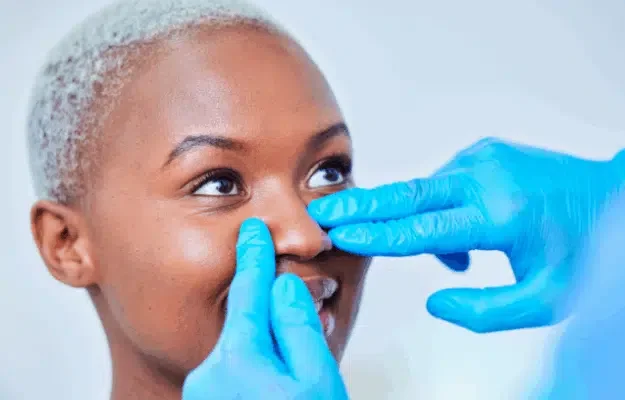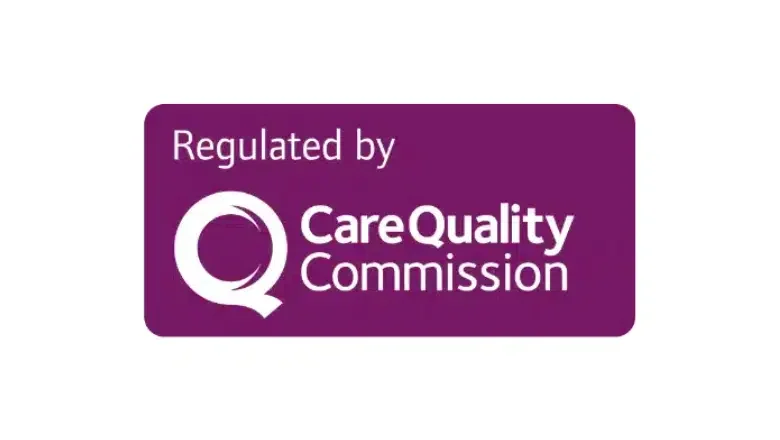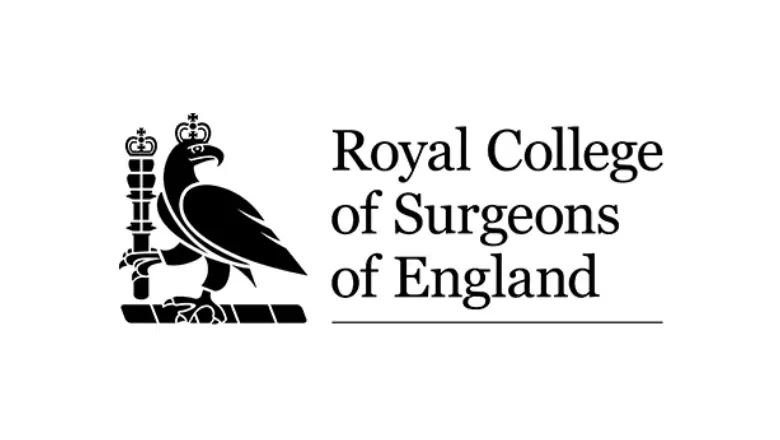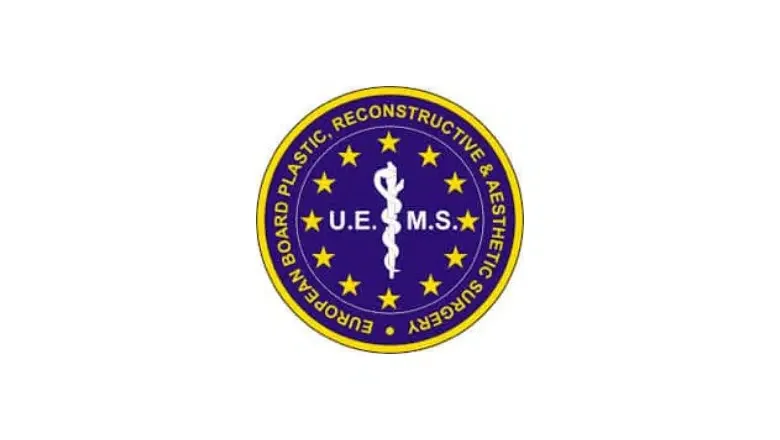The question of whether a nose job is considered successful or unsuccessful is highly subjective, with opinions varying widely from person to person. What might be viewed as a poor outcome by one individual could be seen quite differently by another. A nose job, medically referred to as rhinoplasty, involves numerous considerations that contribute to its final outcome.
Rhinoplasty aims to address both aesthetic and functional aspects of the nose. The ‘form’ refers to the visual appearance of the nose, which many people hope to enhance to better align with their overall facial symmetry and personal preferences. The ‘function’ aspect, on the other hand, relates to improving the nasal passages to assist with issues such as breathing difficulties.
The Importance of Communication in Achieving Desired Rhinoplasty Outcomes
When a patient feels their nose appears worse after surgery compared to before, this indicates a problem with the aesthetic or ‘form’ aspect of the rhinoplasty. Conversely, if a patient experiences worsened breathing following the procedure, this highlights a ‘function’ issue. These complications often lead patients to seek consultations for revision rhinoplasty, particularly when their initial surgery was performed by a different surgeon.
Effective communication between the patient and the surgeon is critical in cosmetic surgery. Even if a surgeon expertly crafts a visually appealing nose, it may not satisfy the patient if it does not align with their expectations. What one individual considers beautiful might not resonate with another, especially if it diverges from their vision of their ideal nose.
Patients typically pursue rhinoplasty to correct various nasal imperfections such as bumps, deviations, asymmetries, or differences within or between the nostrils. The complexity of these issues can vary, and it is essential for surgeons to clearly communicate realistic outcomes based on the unique characteristics of each patient’s nose and their aesthetic goals.
RELATED: What Causes a Pollybeak Deformity?
It is the surgeon’s responsibility to ensure that patients have a clear understanding of what the surgery can realistically achieve. Setting accurate expectations is key to patient satisfaction and plays a vital role in the overall success of the cosmetic procedure. This foundational understanding helps in aligning the surgical approach with the patient’s expectations, thereby increasing the likelihood of achieving a result that the patient will appreciate and feel content with.
How long should I wait before getting a revision rhinoplasty?
Does Revision Rhinoplasty Cost More?
Revision rhinoplasty usually incurs higher costs than a primary rhinoplasty due to several complex factors. This type of surgery is inherently more complicated because it often deals with modifications to scar tissue and altered anatomy from the first procedure. Surgeons need to assess the changes made by previous surgeries, which may not be fully understood until the revision process is underway.
RELATED: Is Revision Rhinoplasty Worth It?
One of the key challenges in revision rhinoplasty is the potential lack of natural grafting materials. In primary rhinoplasty, the nasal septum cartilage, which divides the two sides of the nose, is commonly used for grafts. This cartilage is advantageous for use because it is easily accessible and can be repurposed within the same surgical area. However, if this cartilage was removed or altered during the initial surgery, alternative graft sources such as ear or rib cartilage may need to be considered. These alternatives involve more complex surgical techniques and can significantly extend the duration of the surgery.
RELATED: Cartilage Graft Nose Job
The need for additional, sometimes more invasive procedures to harvest graft materials not only complicates the surgery but also adds to the overall costs. Therefore, selecting a highly experienced surgeon for the initial rhinoplasty is crucial. An expertly performed first surgery maximises the likelihood of achieving the desired outcome and minimises the need for subsequent revisions.
However, if revision is necessary, choosing a surgeon with significant expertise in revision rhinoplasty is imperative. The complexity of these procedures requires advanced skills and a deep understanding of the nasal structure after primary nose surgery. While the costs are higher, investing in a skilled surgeon for revision rhinoplasty is essential for achieving the best possible outcome and ensuring patient satisfaction.
Learn More About Revision Rhinoplasty: Schedule a Consultation at Centre for Surgery
If you’re considering revision rhinoplasty and want to understand more about the process, potential outcomes, and what you can expect, scheduling a consultation at Centre for Surgery is an excellent first step. Our expert surgeons are highly skilled in performing complex revision procedures and can provide you with detailed insights tailored to your specific circumstances.
During your consultation, our specialists will review your previous surgery details, assess the current state of your nose, and discuss your aesthetic or functional goals. This comprehensive approach ensures that all your questions are answered and that you receive a personalised treatment plan.
To book your consultation and take the first step towards achieving your desired results, please contact Centre for Surgery today. You can reach us by phone at 0207 993 4849, email us at contact@centreforsurgery.com, or visit our website to learn more and schedule your appointment online. We are located at 95-97 Baker Street, London W1U 6RN, and we look forward to assisting you on your journey to successful revision rhinoplasty.










